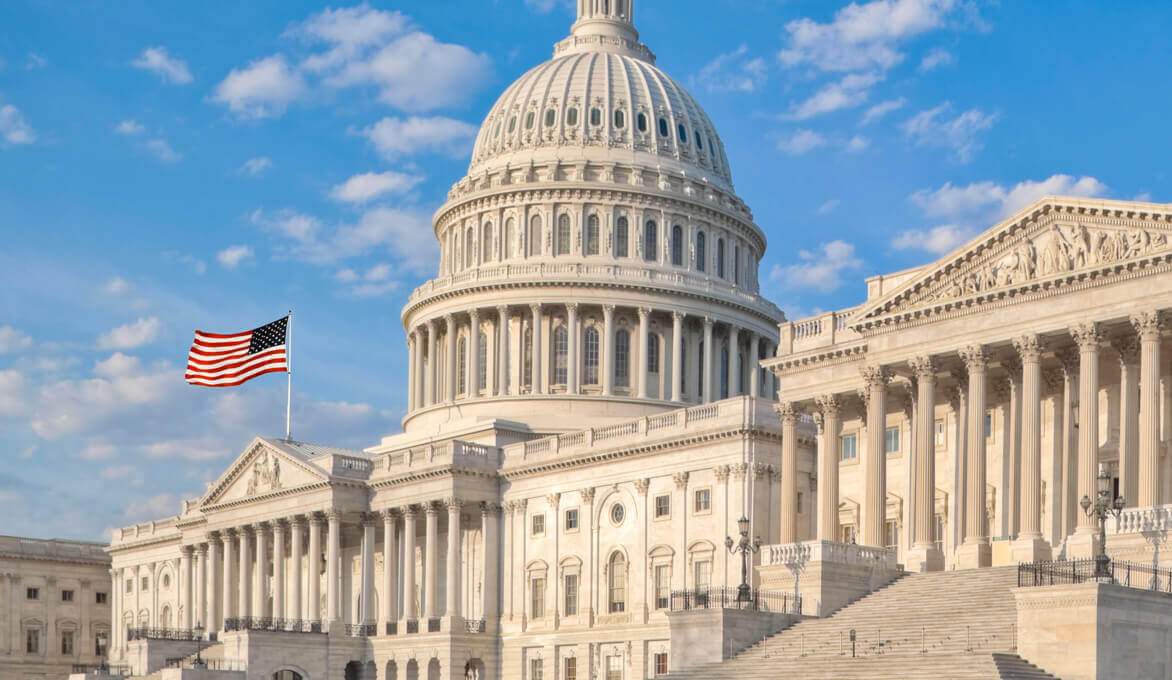Tax Credit Provisions in Families First Coronavirus Response Act (H.R. 6201)

March 23 update: The IRS and DOL have now jointly issued additional guidance in the form of IR 2020-57. This guidance indicates that employers will be able to claim the credits described below by reducing amounts of payroll tax deposits that they otherwise have to make, as opposed to having to wait until they file their quarterly payroll tax returns. For example, if an employer pays $5,000 in sick leave mandated by the Act, and is otherwise required to deposit $8,000 in payroll taxes (including withheld federal income tax and the employer and employee shares of Social Security and Medicare taxes), it can retain $5,000 and deposit only $3,000 on its next regular deposit date.
If the payroll taxes are not sufficient to cover the cost of the leave payments mandated by the Act, the employer will be able request that the IRS pay the difference, under a procedure to be established in the near future.
The DOL will issue a temporary non-enforcement policy under which it will not bring an enforcement action against any employer for violations of the Act, as long as the employer acts reasonably and in good faith to comply with the Act. Instead, the DOL will focus on compliance assistance.
Late on March 18, 2020, President Trump signed the Families First Coronavirus Response Act (the Act) after it quickly passed through both branches of Congress with overwhelming support. The text of the Act can be found here.
The Act contains numerous provisions that are beyond the scope of this article, including for example provisions relating to nutrition assistance, free virus testing, increased federal payments to state Medicaid, and grants to states to cover processing and paying unemployment insurance. This article will focus on two employer tax credits that are included in the Act. These credits are connected to the Act’s provisions that require certain employers to provide paid sick leave and paid family leave to some or all of their employees. These mandates are legal principles, and while we will attempt to summarize them for purposes of describing the tax credits, you should consult a qualified attorney if you have questions about these mandates insofar as they do not relate to the tax credits.
Emergency paid sick leave
Effective on April 2, 2020 (15 days after enactment) and through December 31, 2020, most employers, including private sector employers with fewer than 500 employees, government employers, and other non-private entity employers with more than one employee are required to provide paid sick leave to their employees. The Act gives the Secretary of Labor the authority to exempt small businesses with fewer than 50 employees from the bill’s paid leave requirements if those requirements would jeopardize the viability of the business.
Full time employees are entitled to 80 hours of paid sick leave, with part-time employees receiving a prorated amount. The leave is paid at the following rates:
- At the employee’s regular rate of pay, with the payment capped at $511 per day, if the employee: (a) is subject to a governmental quarantine order; (b) has been advised by a health care provider to self-quarantine or (c) is experiencing symptoms of COVID-19 and seeking a medical diagnosis.
- At two thirds of the employee’s regular rate of pay, with the payment capped at $200 per day, if the employee: (a) is caring for a quarantined individual; (b) is caring for the employee’s child if the child’s school has been closed or does not have day care available; or (c) is experiencing a situation that the Secretary of Labor deems to be similar to these conditions.
An employer may not require employees to use other paid leave before using the paid sick leave required under the Act. The Act also contains requirements for notifying employees about these provisions, and the Secretary of Labor is required to come up with a model notice no later than March 25, 2020.
Expansion to Family and Medical Leave Act of 1993
The Act allows employees of employers with fewer than 500 employees to take up to 12 weeks of job-protected leave if they are unable to work (on site or remotely) due to having to care for a child under age 18 whose school or day care facility is closed due to the COVID-19 emergency. There is an exception for health care providers and emergency responders. Also, as is the case with respect to the emergency paid sick leave provisions, the Act gives the Secretary of Labor the authority to exempt small businesses with fewer than 50 employees from the bill’s paid leave requirements if those requirements would jeopardize the viability of the business.
The first 10 days of leave may be unpaid, although other available paid vacation or sick leave may be used. After 10 days, the employer is required to provide paid leave at two thirds of an employee’s regular rate of pay, up to $200 per day, with an aggregate cap of $10,000 per employee.
Note that for purposes of the expansion to the Family and Medical Leave Act of 1993 (but not for purposes of the Emergency Sick Leave), these benefits are required to be provided to a broader class of employees than historically have been included in similar benefits. Instead of the familiar “employed for 12 months and 1,250 hours” requirement, an employer must provide these benefits to anyone employed for at least 30 days.
Favorable FICA and Medicare treatment for employer
Payments under the above provisions are exempt from the employer’s portion of Social Security tax on these payments. Also, a payroll tax credit is available for Medicare tax associated with these payments.
Payroll tax credit
The employer can claim a payroll tax credit for 100% of the payments made under the above provisions, plus the “qualified health care expenses” associated with these payments. Essentially, “qualified health care expenses” are the costs of the employer’s group health plan that are allocable to these payments, under guidance to be issued by the Secretary of the Treasury.
This credit is refundable. The mechanics of claiming the credit are unclear, but it seems likely that it be associated with Form 941, the employer’s quarterly payroll tax filing.
A few other notes about this credit:
- As is often the rule with respect to tax credits, amounts used as the basis for the credit cannot also be claimed as a business deduction.
- Amounts used as the basis for this credit cannot also be used when claiming the employer credit for paid family and medical leave under Code Section 45S.
- Employers can elect to not claim the credit.
Credit for self-employed individuals
Self-employed individuals will be able to claim a credit against their 2020 self-employment tax for their “qualified family leave equivalent amount” and their “qualified sick leave equivalent amount.” These are essentially the amounts of family leave and sick leave for which they would have qualified under the above provisions, had they been employees rather than self-employed. The Secretary of the Treasury is directed to develop rules governing the documentation that a self-employed individual will need in order to claim the credit.
Conclusion
There are still some important unanswered questions about these tax provisions. For example, we will need guidance on how the credit applies to self-employed individuals, and on the meaning of “qualified health care expenses.” We will keep a close eye out for additional guidance and will do our best to keep you informed as these and other virus-related tax provisions are issued and modified.
For more information, please contact your BNN tax advisor at 800.244.7444.
Disclaimer of Liability: This publication is intended to provide general information to our clients and friends. It does not constitute accounting, tax, investment, or legal advice; nor is it intended to convey a thorough treatment of the subject matter.


